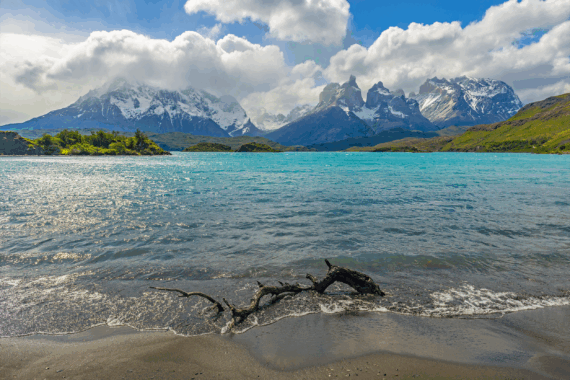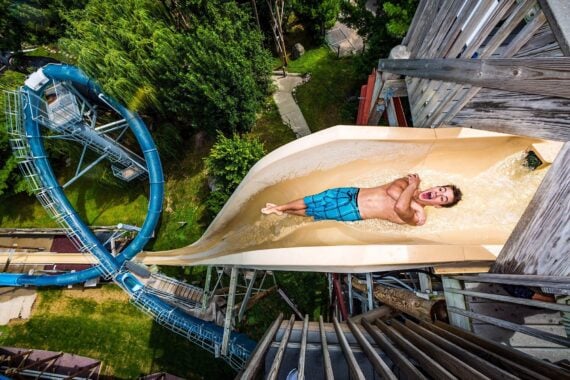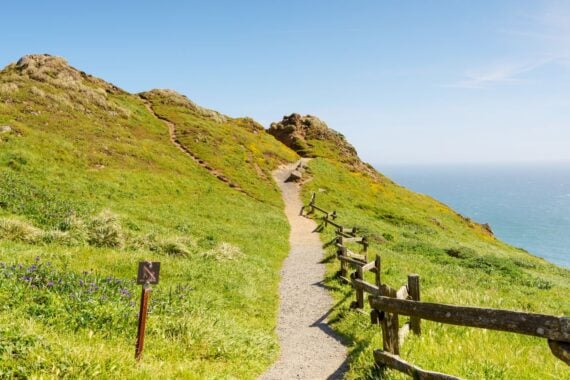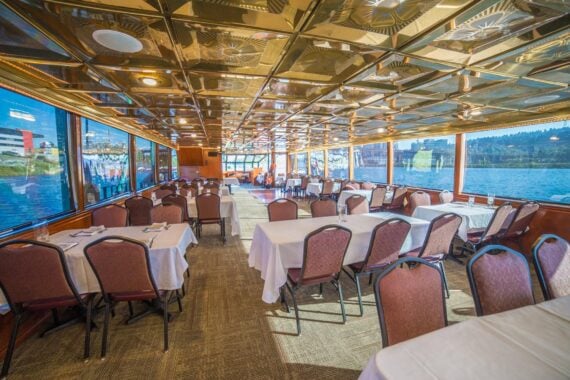Old-school lake vacations are an annual tradition for many. But if such a trip isn’t on your horizon this summer, you can “visit” some of the world’s most beautiful lakes without leaving your own home. In the mood for a little virtual travel? Here are 22 images of peaceful lakes around the globe to help satisfy your water wanderlust.
Related: 31 Historic Places Across America That You Can Tour Virtually
Lake Tekapo, New Zealand
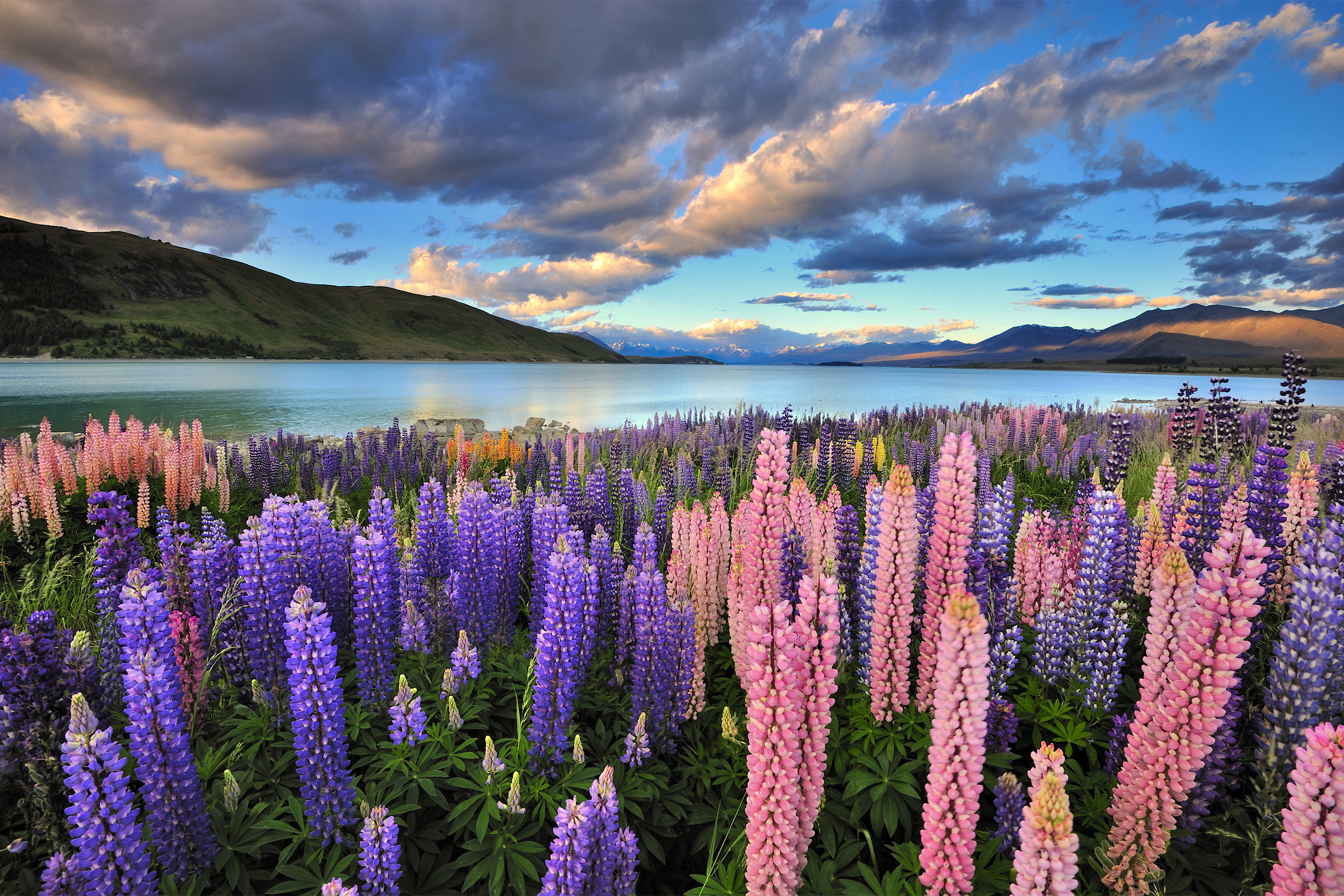
Lake Tekapo is a photographer’s dream all year long, but it’s especially dazzling in November and December. That’s when fields of colorful lupines bloom all around its shores, putting on a show with their petals of pink, purple, blue, yellow, orange, and white.
Related: 30 Spectacular Photos of Hard-to-Reach Places
Lake Powell, Utah
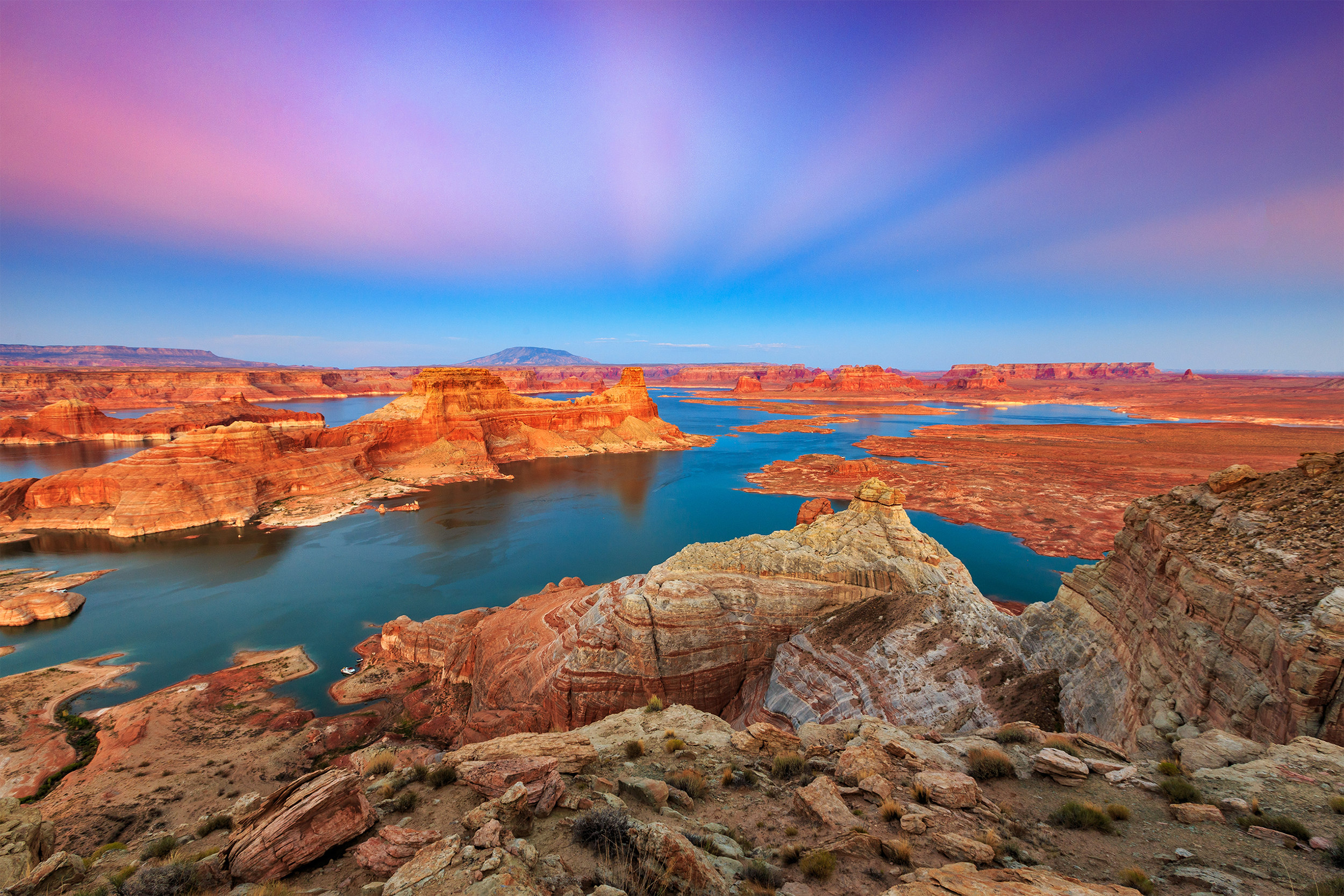
Straddling the Arizona-Utah border, Lake Powell proves that man-made lakes can be just as gorgeous as their natural counterparts. It’s home to the stunning sandstone Rainbow Bridge, the world’s largest natural bridge, and took 17 years to fill with water — a process that began in 1963 and ended in 1980.
Related: The Best Lakes in All 50 States
Lake Yamanaka, Japan
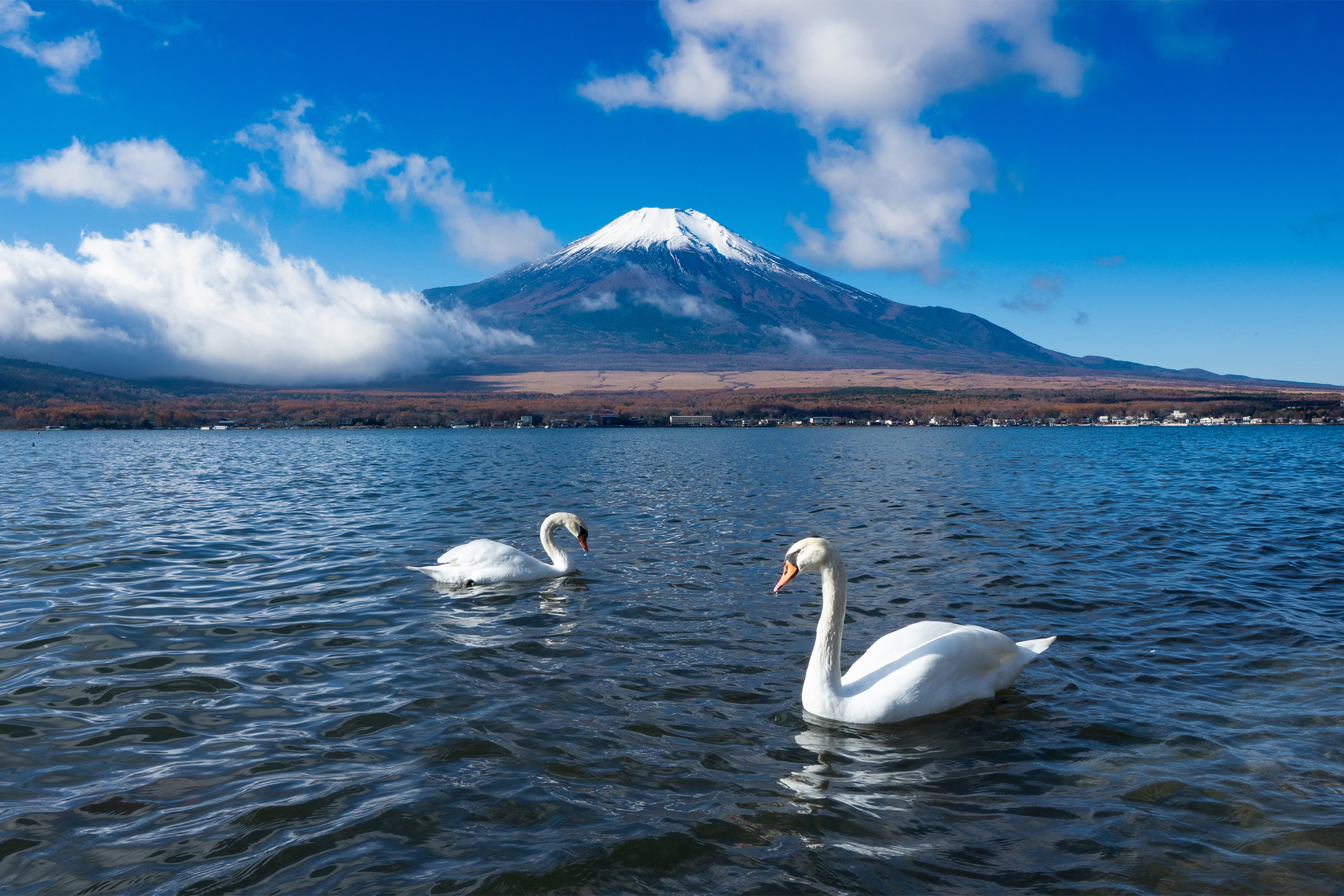
Lake Yamanaka may be most famous for its postcard-perfect view of Mount Fuji, but it’s also a haven for a large number of whooping swans. Tourists can hop aboard a swan-shaped ferry boat or swan-shaped paddle boats to see the natives up close.
Related: 21 Places to Safely See Wild Animals Up Close
Lake Erie, Ohio
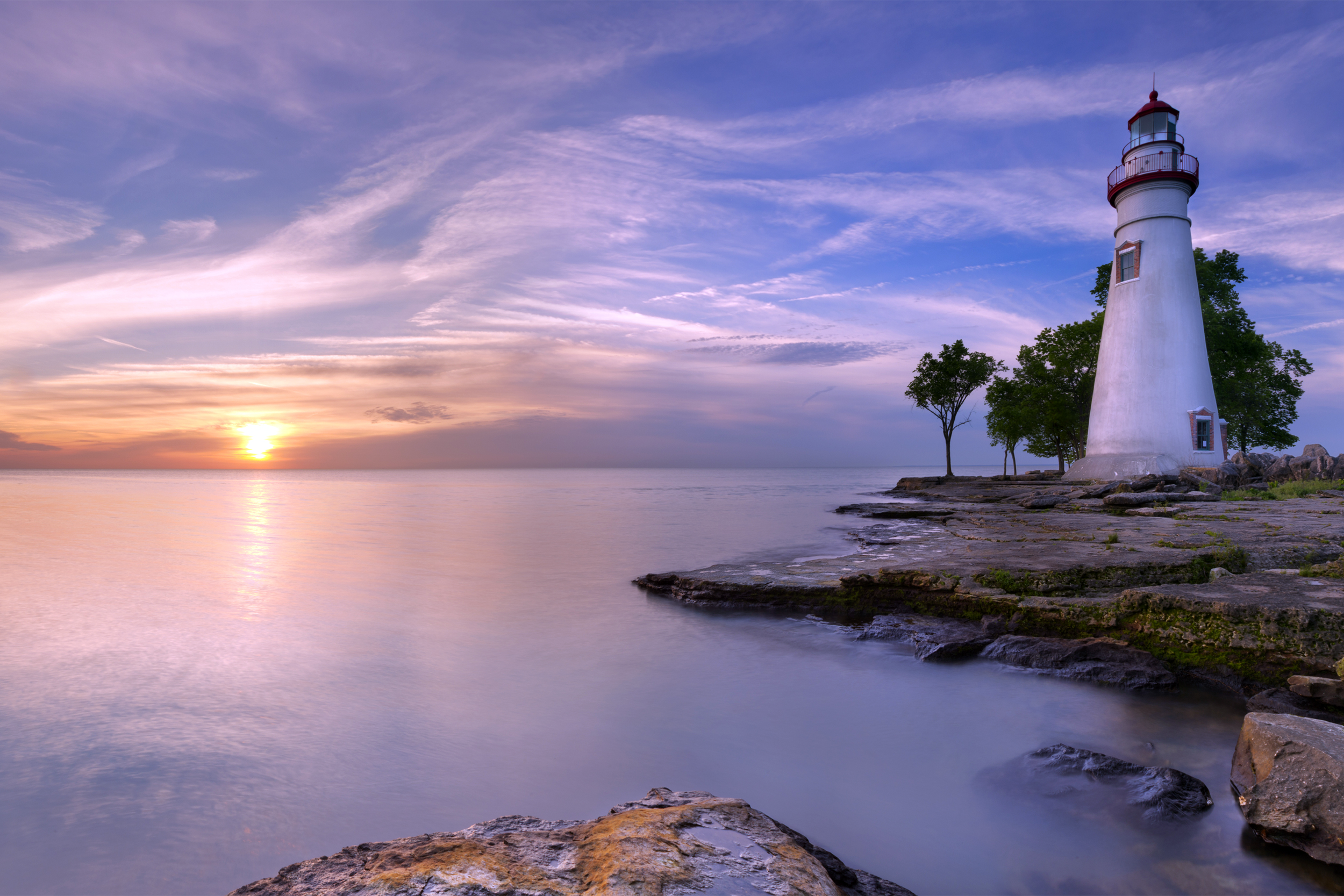
Though it’s the warmest Great Lake, Lake Erie also freezes over the most because it is relatively shallow, with an average depth of just 62 feet, according to Live Science. One of its most picturesque spots: Ohio’s Marblehead Peninsula, home to the Great Lakes’ oldest continuously operating lighthouse.
For more great travel guides and vacation tips, please sign up for our free newsletters.
Lake Baikal, Russia
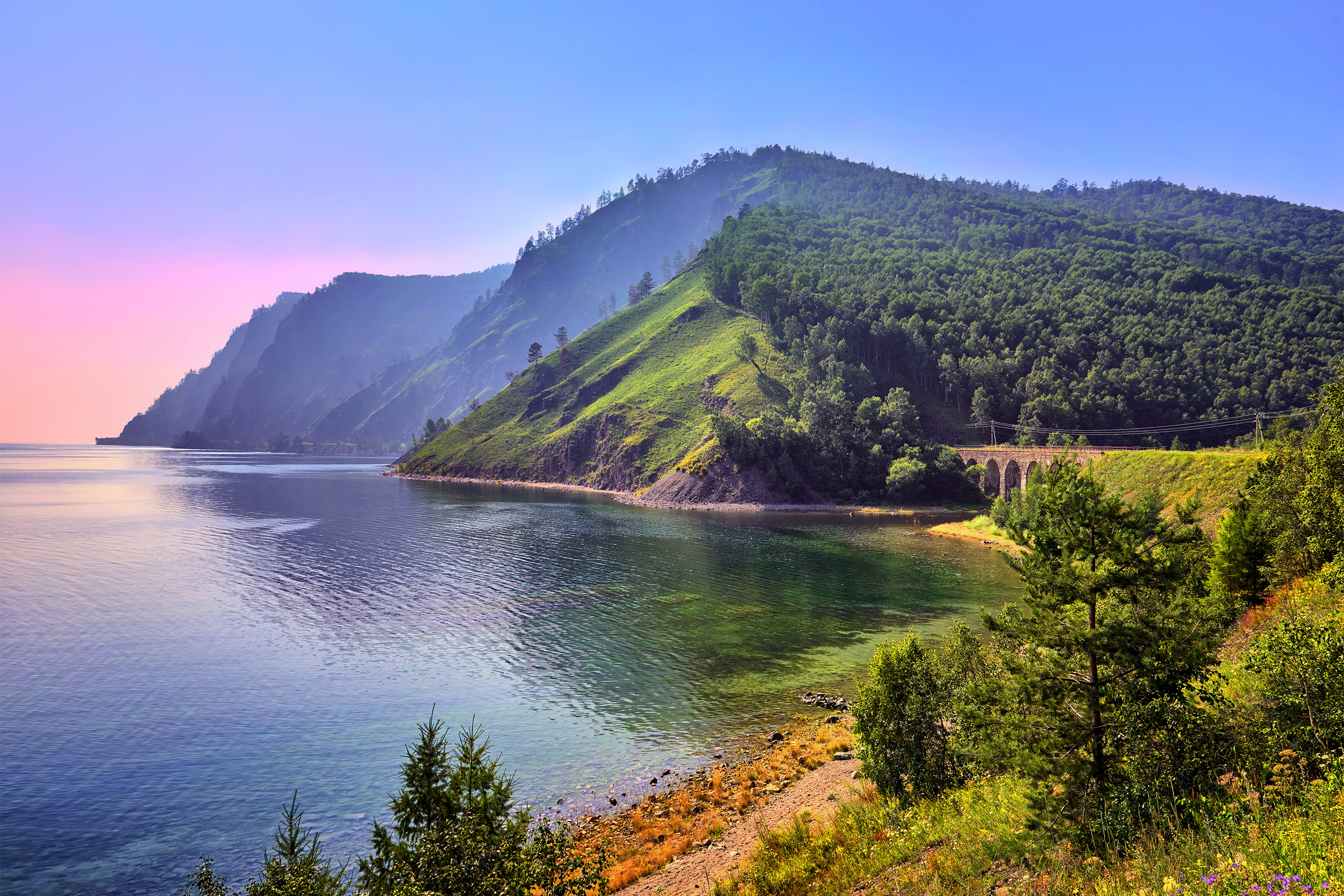
This Russian lake has several claims to fame: It’s the world’s deepest, oldest, and most voluminous lake, according to Smithsonian Magazine. Average depth? A staggering 2,442 feet. It even boasts the only wholly freshwater seal on the planet, called the nerpa.
Related: 24 Secluded Beach Paradises Perfect for Social Distancing — If Only You Could Get There
Trending on Cheapism
Swiftcurrent Lake, Montana
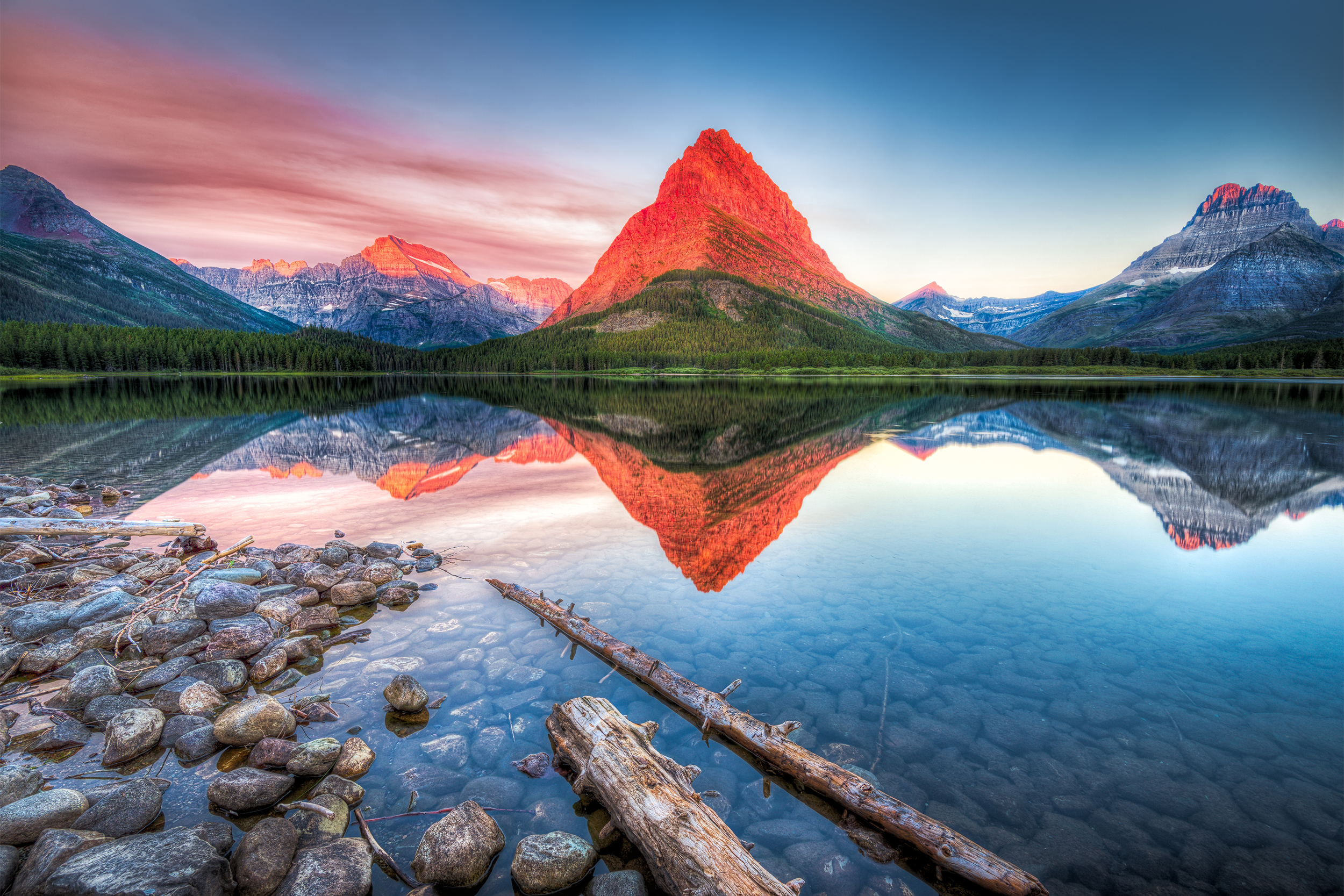
It’s hard to take a bad photo in Glacier National Park, but the dramatic vistas at Swiftcurrent Lake should be high on any shutterbug’s bucket list. The lakeshore is home to the Swiss chalet-like Many Glacier Hotel, the park’s largest lodge.
Related: Stunning Photos of Every National Park in America
Plitvice Lakes, Croatia
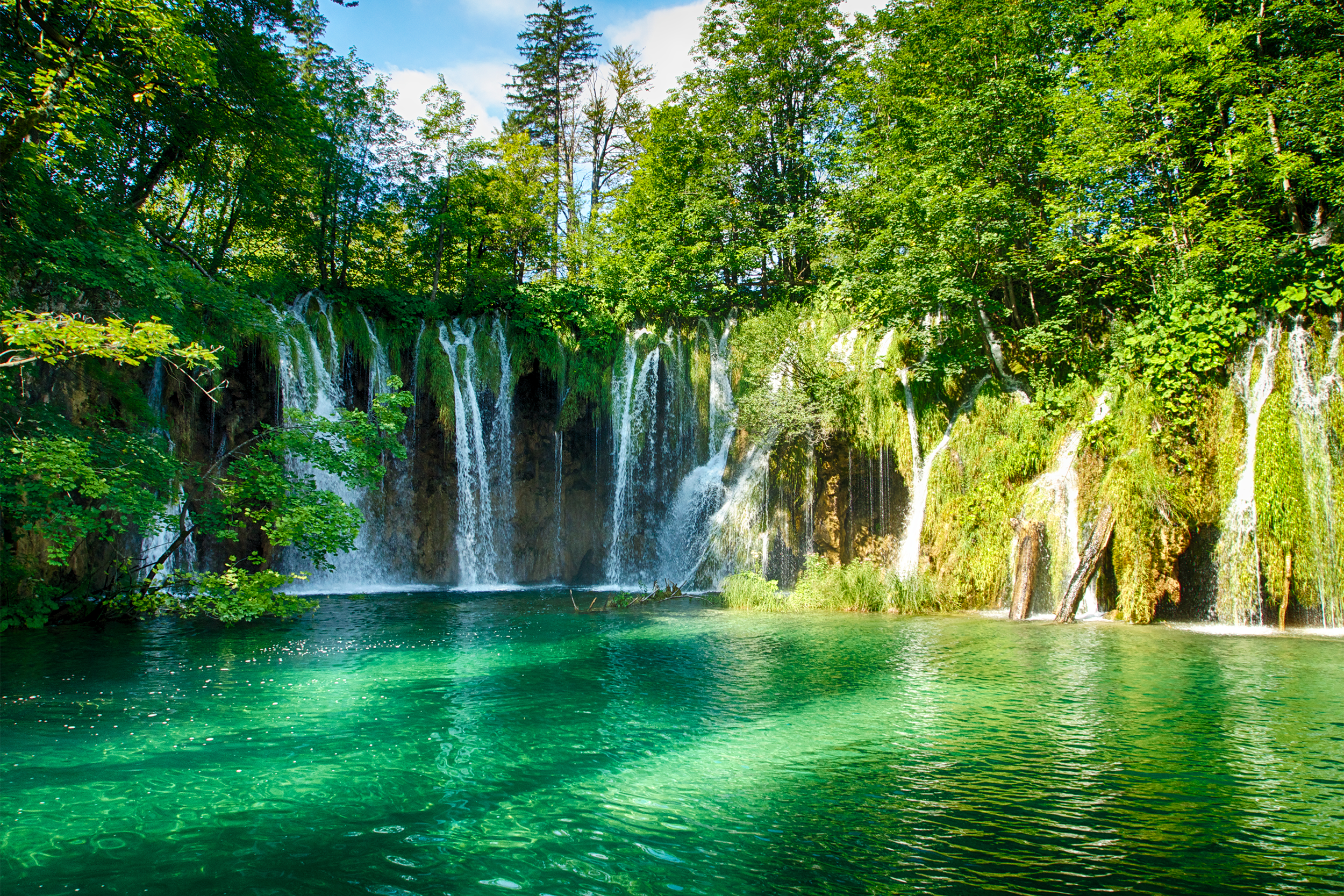
Plitvice Lakes National Park is home to 16 lakes that are connected by a seemingly endless number of waterfalls. The lovely scenery belies a bloody history: This was the spot where gunfire first broke out in 1991 in the Croatian War of Independence against Yugoslavia.
Related: The 50 Most Beautiful Views in the World
Crater Lake, Oregon
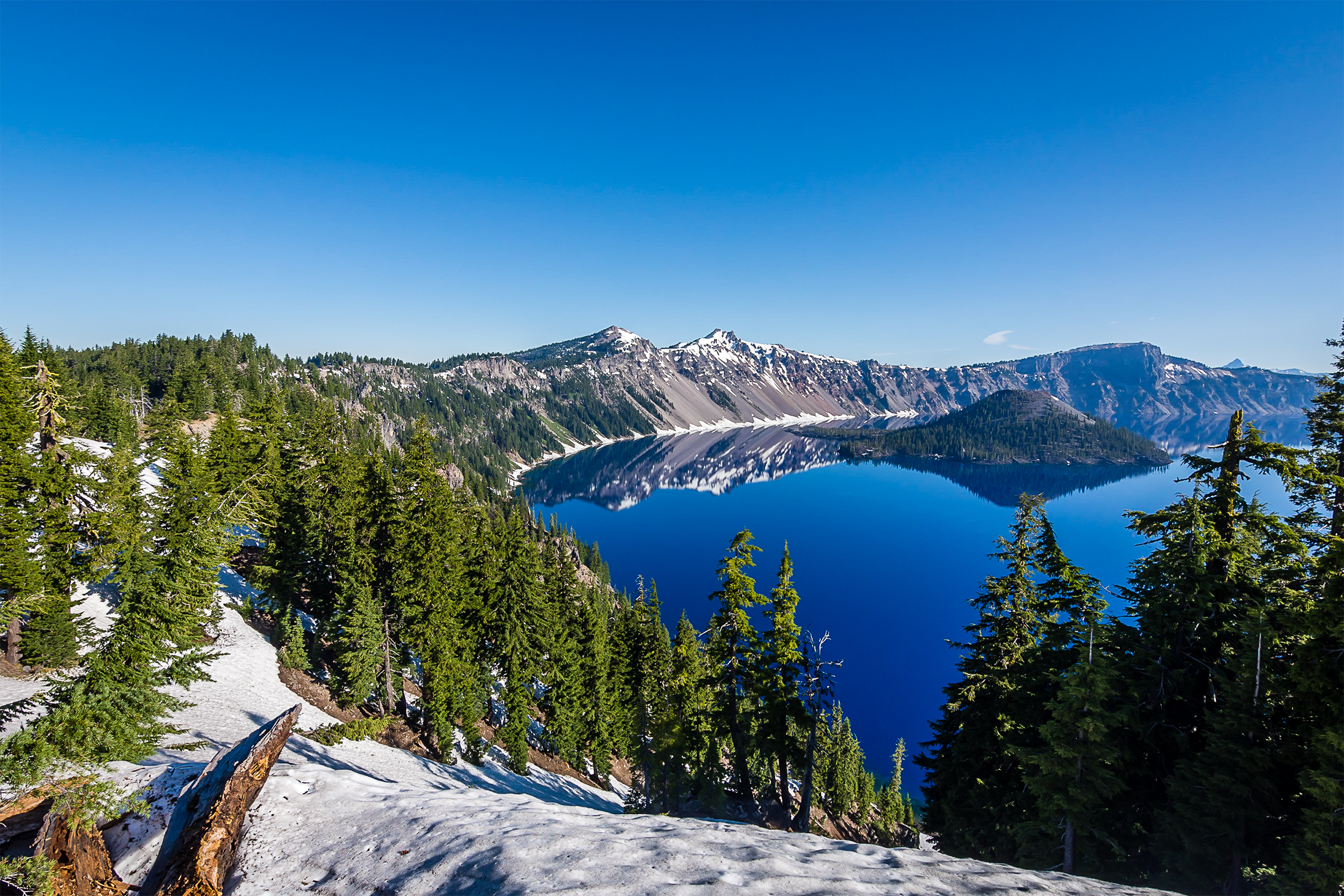
Crater Lake is America’s deepest lake at 1,943 feet, but even more interesting is that it has no inlets and is fed completely by snow and rain. It was formed nearly 8,000 years ago when a volcano erupted and collapsed, and its largest island formed from the remains of the cinder cone.
Related: Historic Photos of Crater Lake and Other National Parks for Vintage Views
Sign up for our newsletter
Laguna Colorada, Bolivia

Your eyes aren’t deceiving you. Laguna Colorada, a salt lake some 14,000 feet above sea level, really is red. The color largely comes from red algae that live in the lake, according to Atlas Obscura. The rare puna flamingo is a common visitor, as are alpacas, llamas, Andean foxes, and Instagram-happy tourists.
Related: 14 Under-the-Radar Destinations in Latin America
Dead Sea, Jordan and Israel
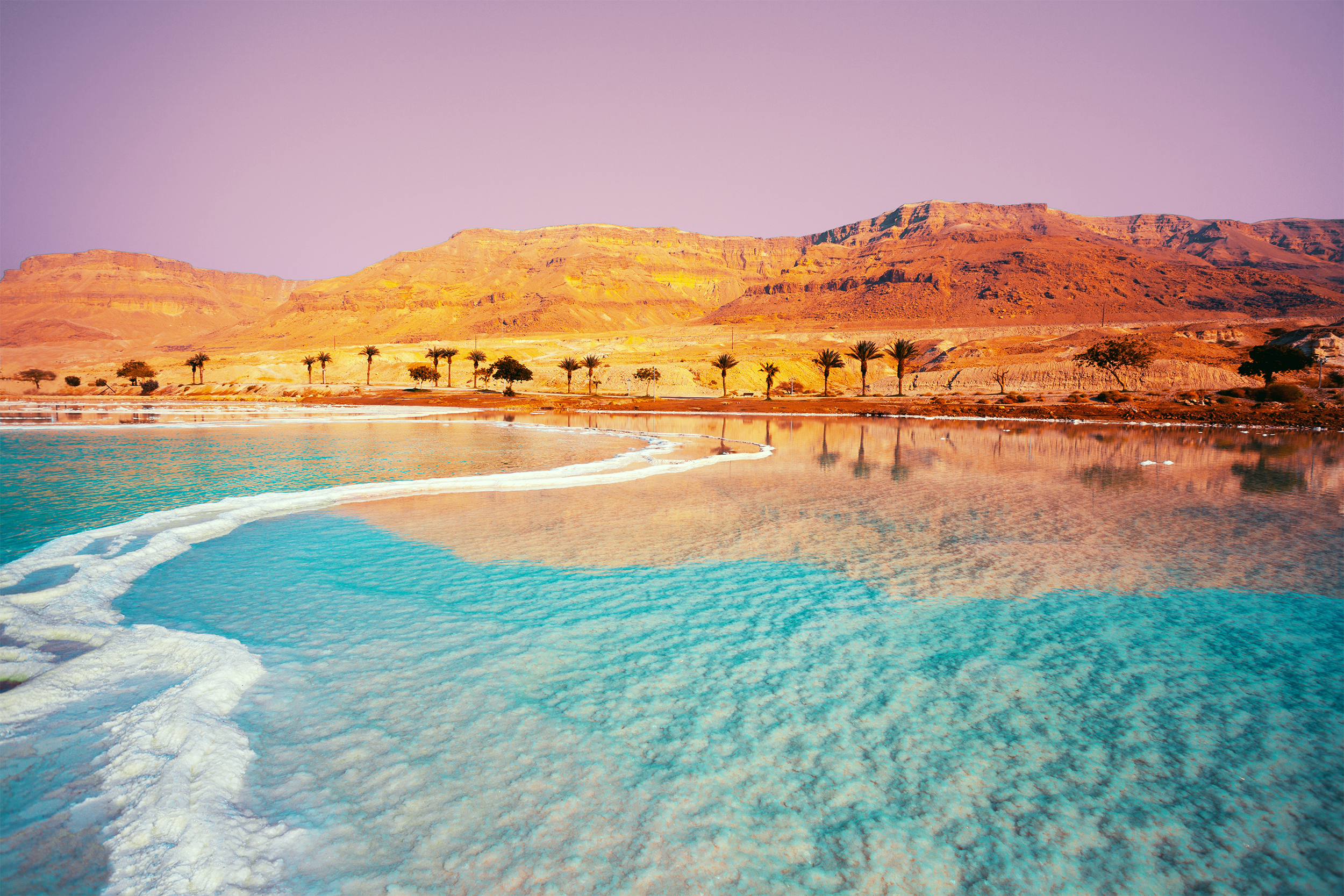
Yes, the Dead Sea is really a lake, and its Biblical importance is matched by its geographic significance. Located at the lowest point on Earth, more than 1,400 feet below sea level, the Dead Sea is indeed home to algae and microorganisms, but no fish — the water is too salty for them to survive.
Related: 35 Stunning Landscapes That Make Earth Look Like Another Planet
Lake Kabetogama, Minnesota
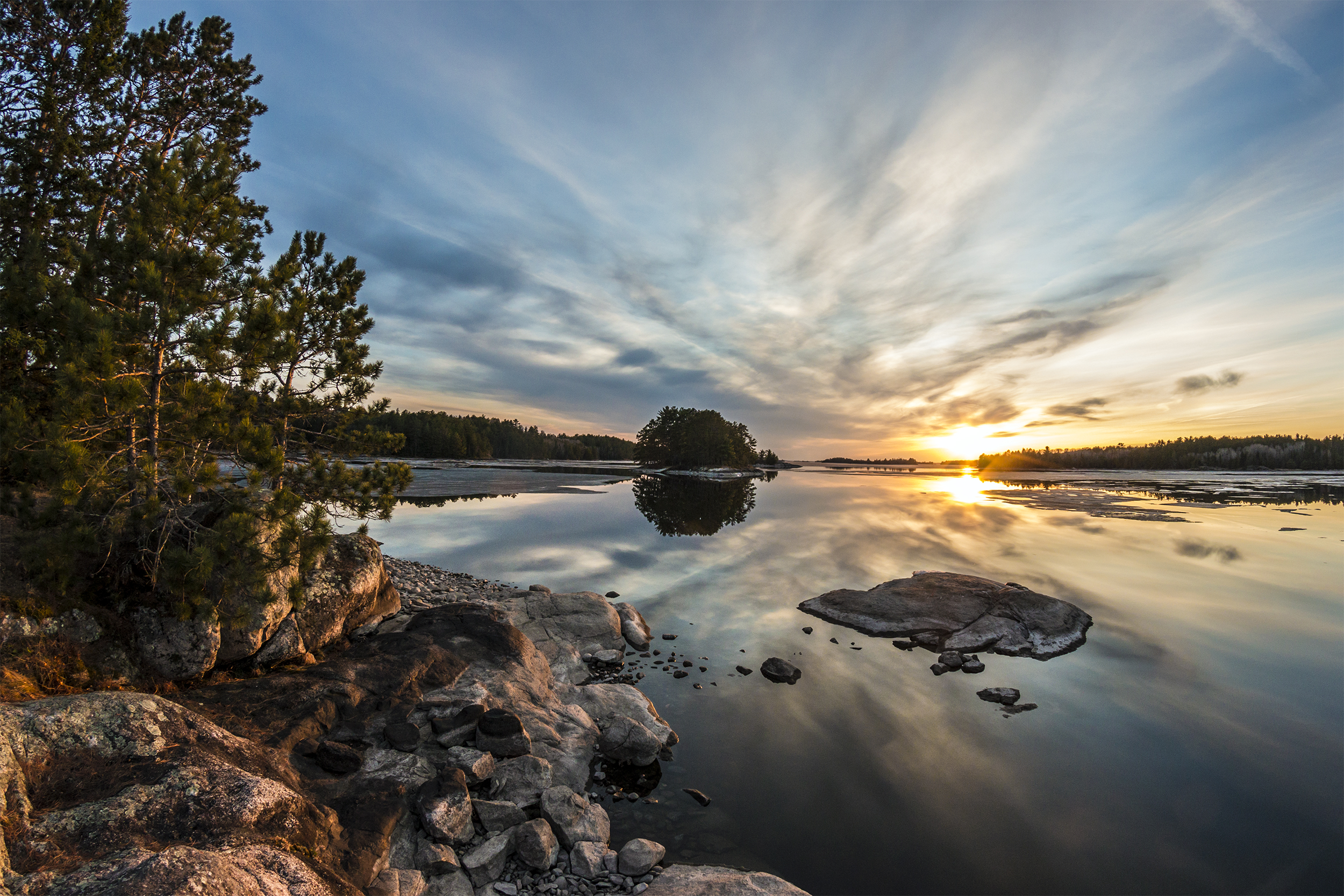
This 25,000-acre lake has more than 200 islands and 100 miles of placid, tree-lined shores. It’s one of the most notable lakes in northern Minnesota’s Voyageurs National Park, founded in 1975 to preserve a slice of the state’s pristine waters and dense forests.
Related: Explore the Best National Parks in Every State
Lake Malawi, Malawi, Mozambique, and Tanzania
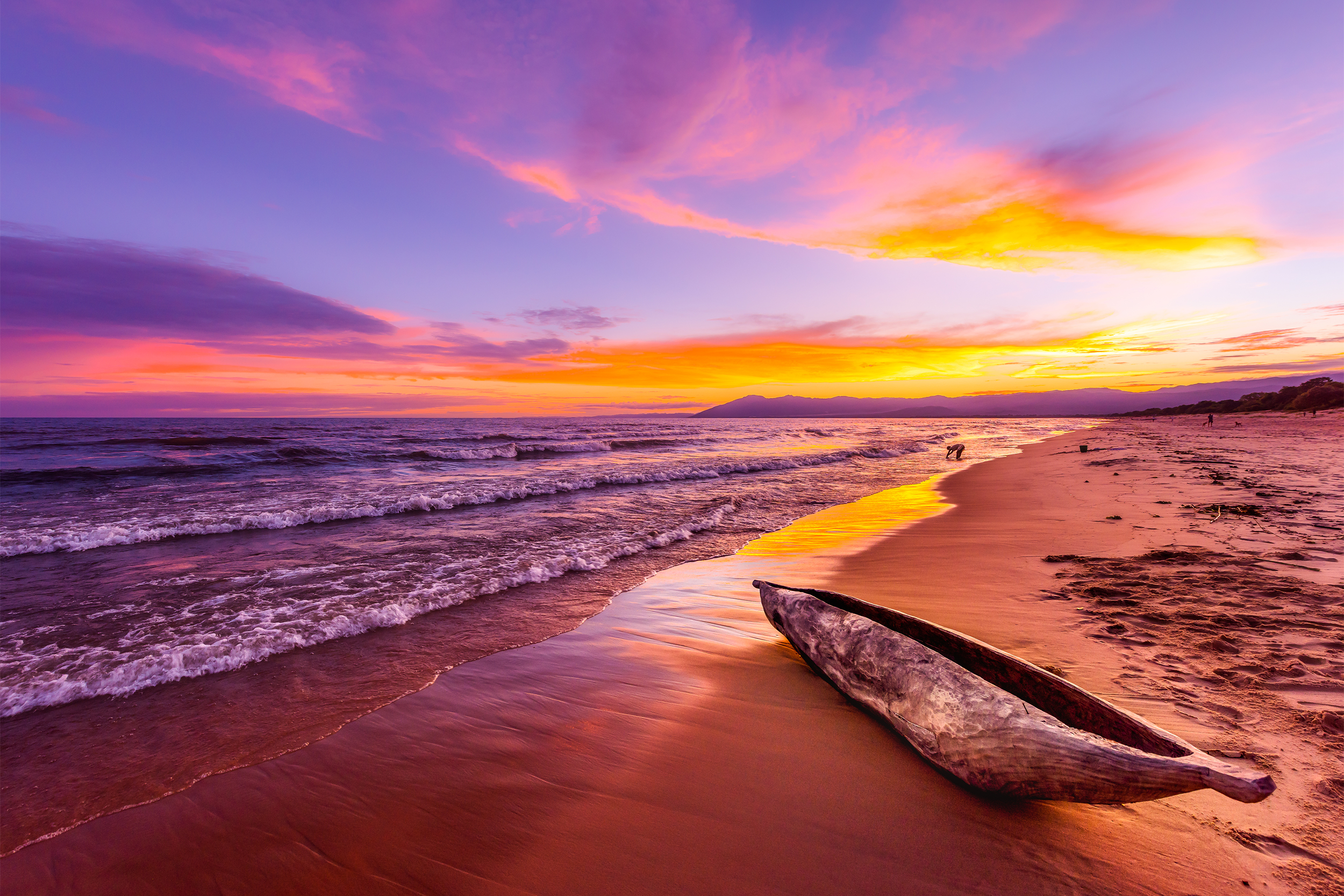
Related: Around the World in 20 Stunning Sunsets
Mono Lake, California
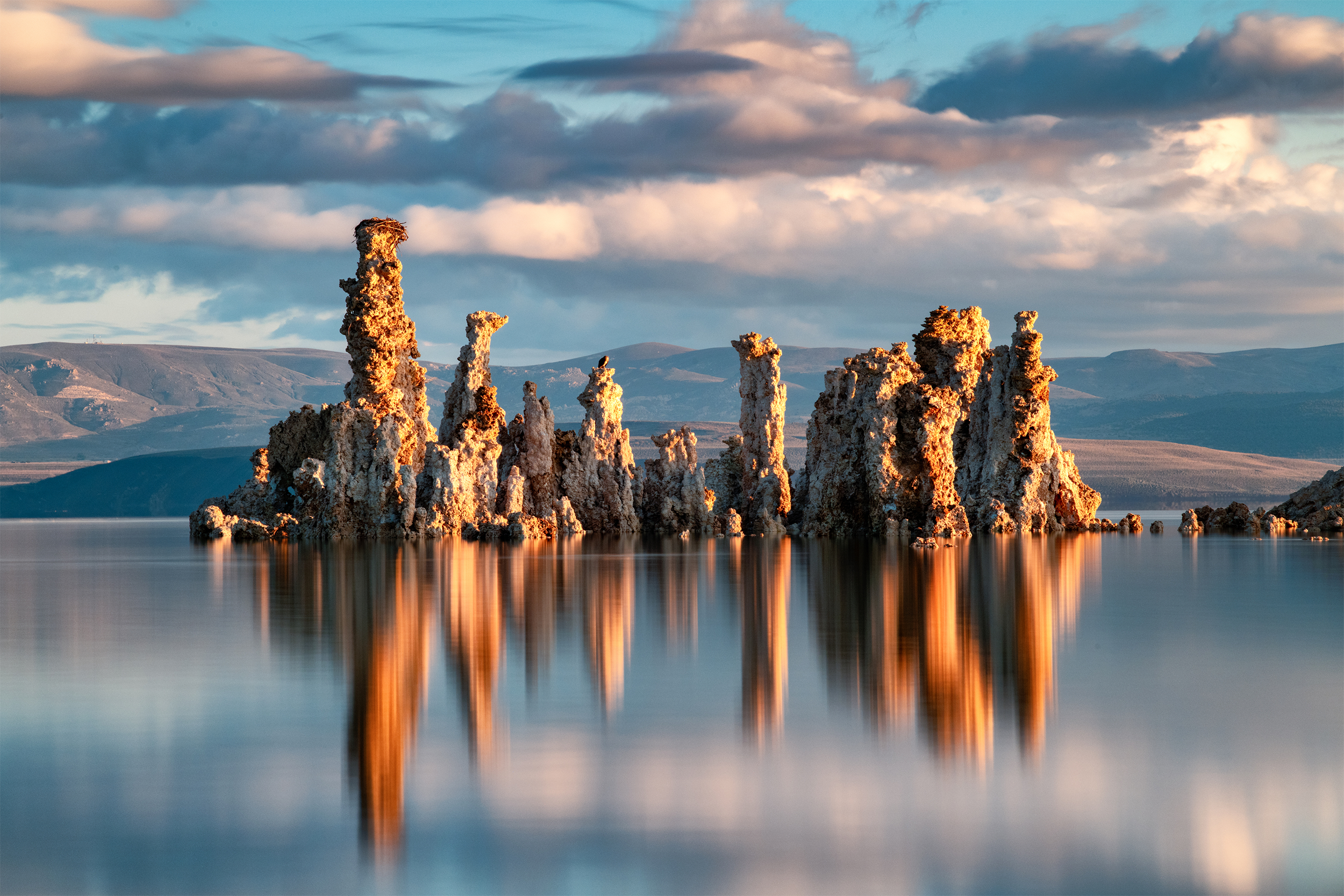
The alien-looking columns in Mono Lake, one of the nation’s oldest lakes at more than 1 million years old, are made of calcium carbonate. They formed as freshwater springs mixed with the lake’s otherwise salty water.
Related: 30 Serene and Secluded Lakes Worth the Drive
Lake Reschen, Italy
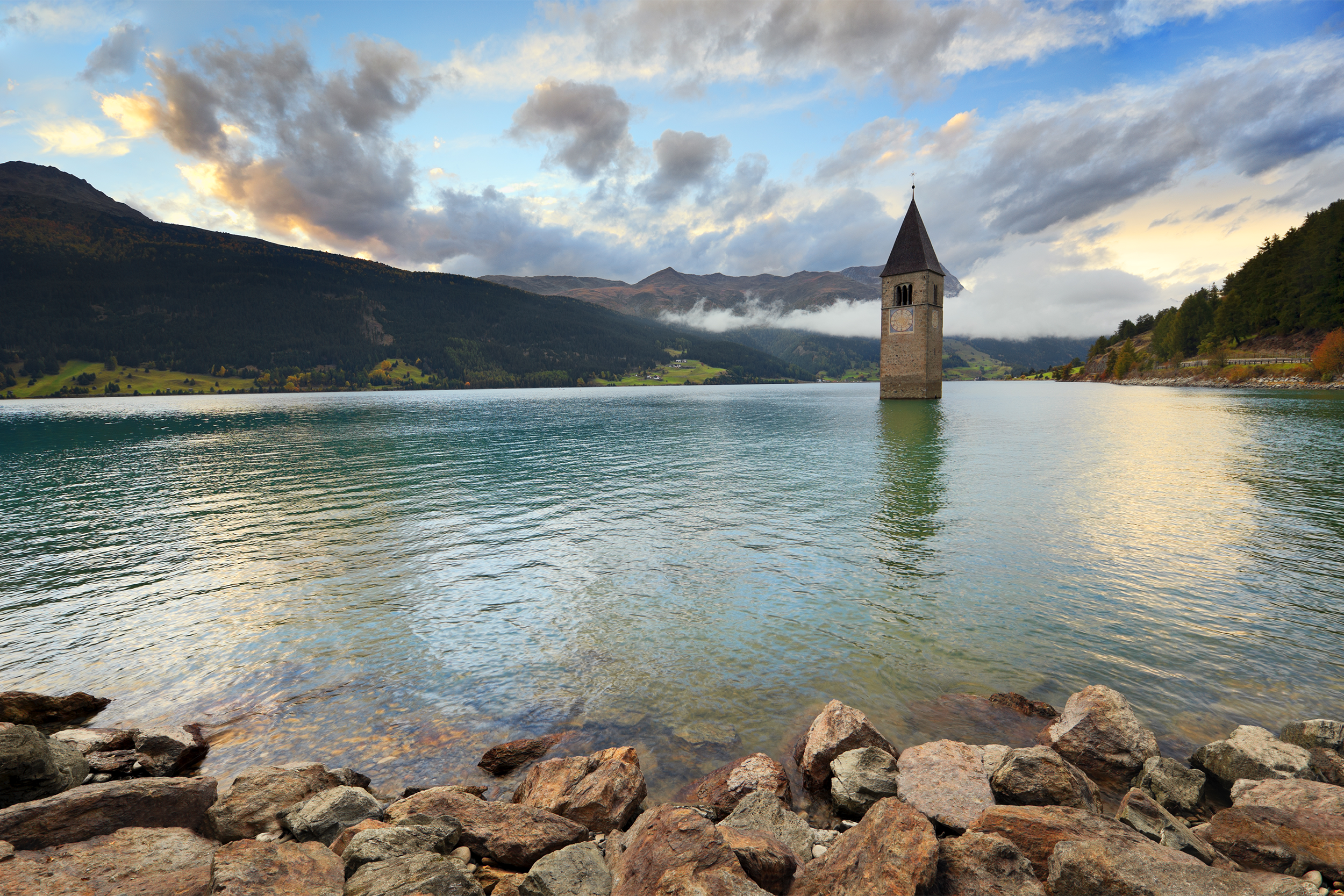
Lake Huron, Michigan
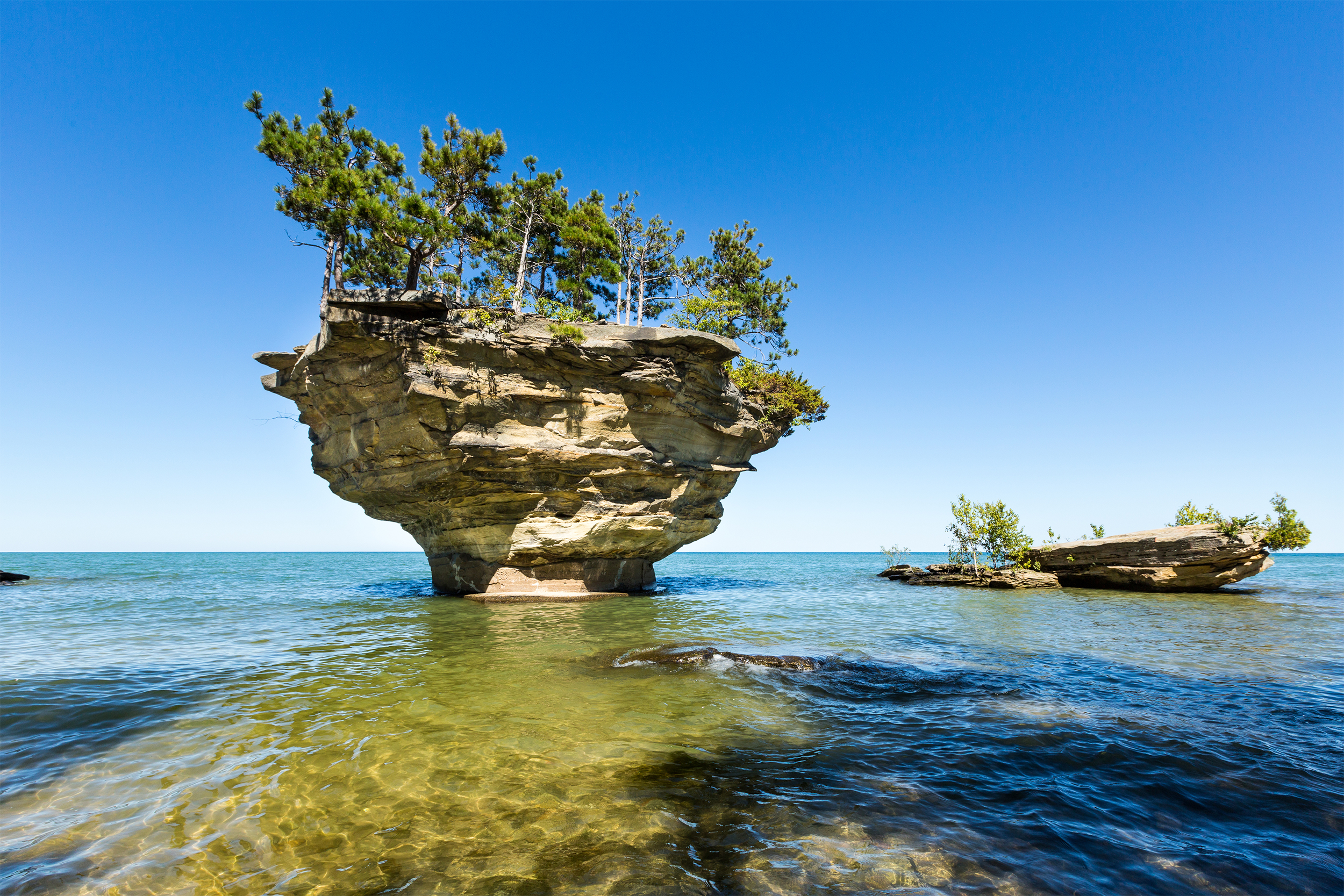
Lake Huron has the longest shoreline of all the Great Lakes, stretching more than 3,800 miles. One of the most photographed spots is Turnip Rock, near Port Austin, Michigan. Named for its veggie-like shape, it’s also a popular spot for paddling.
Related: Amazing Places to Take a Selfie in All 50 States
Lake Pehoe, Chile
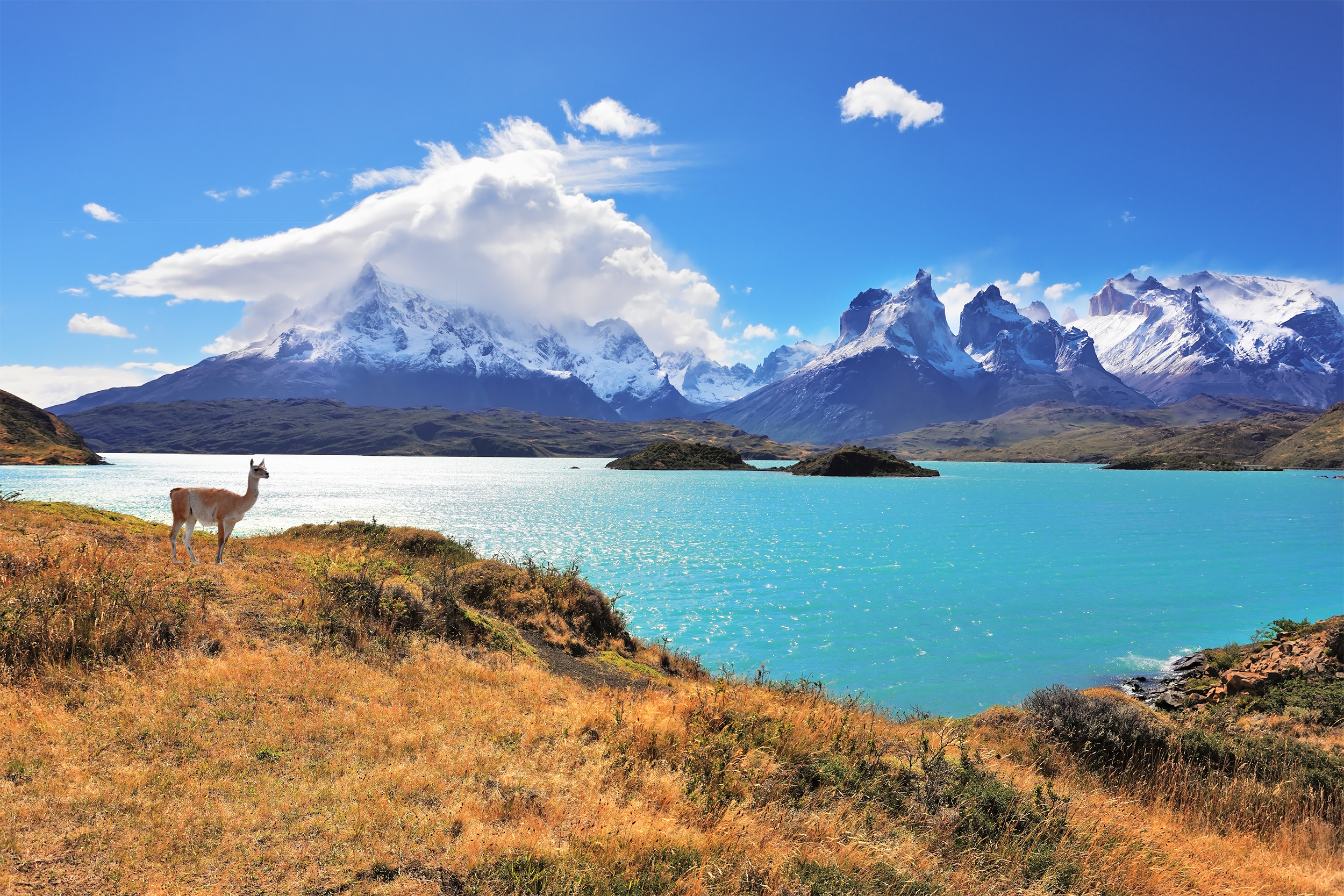
West Lake, China
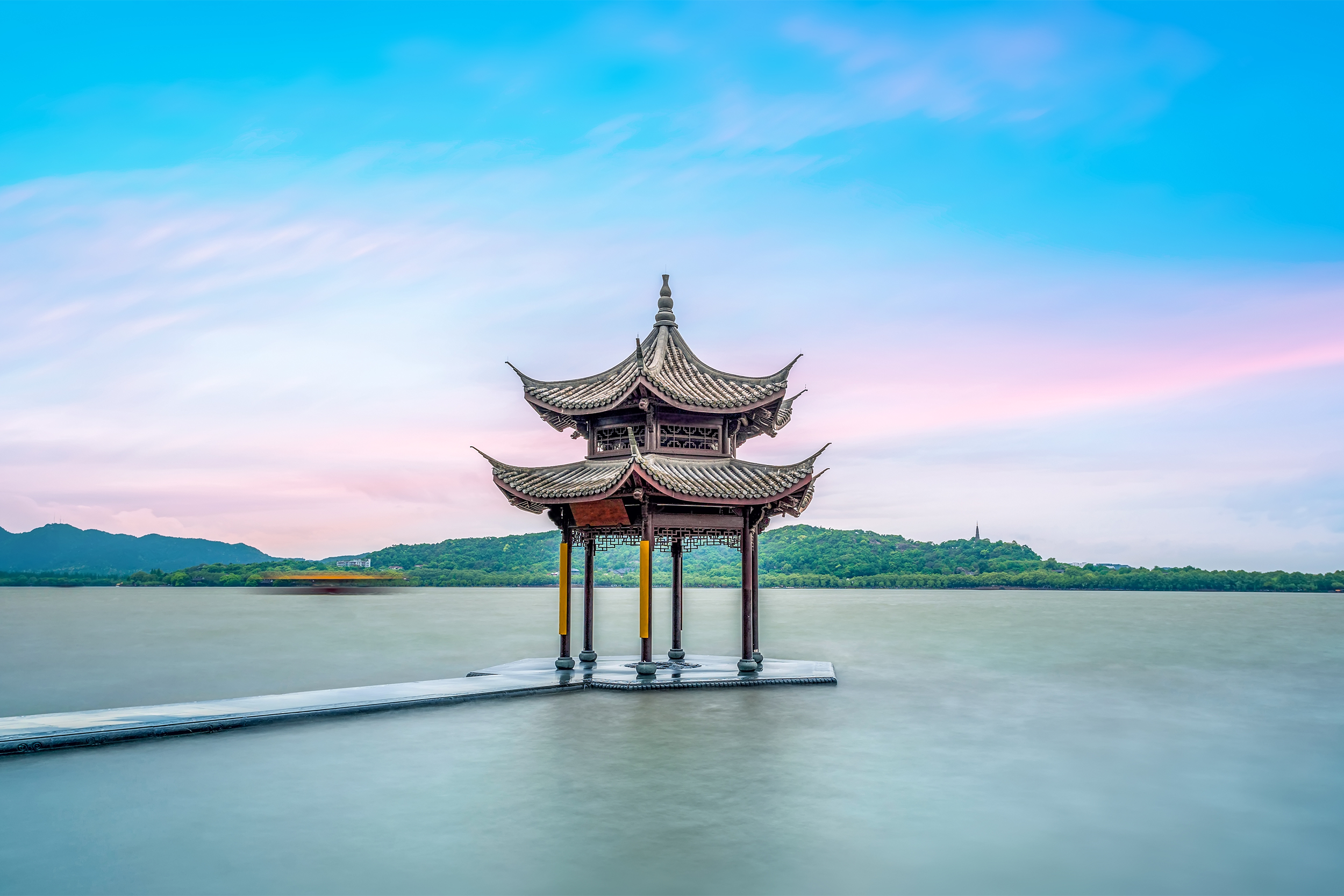
Lake Atitlan, Guatemala
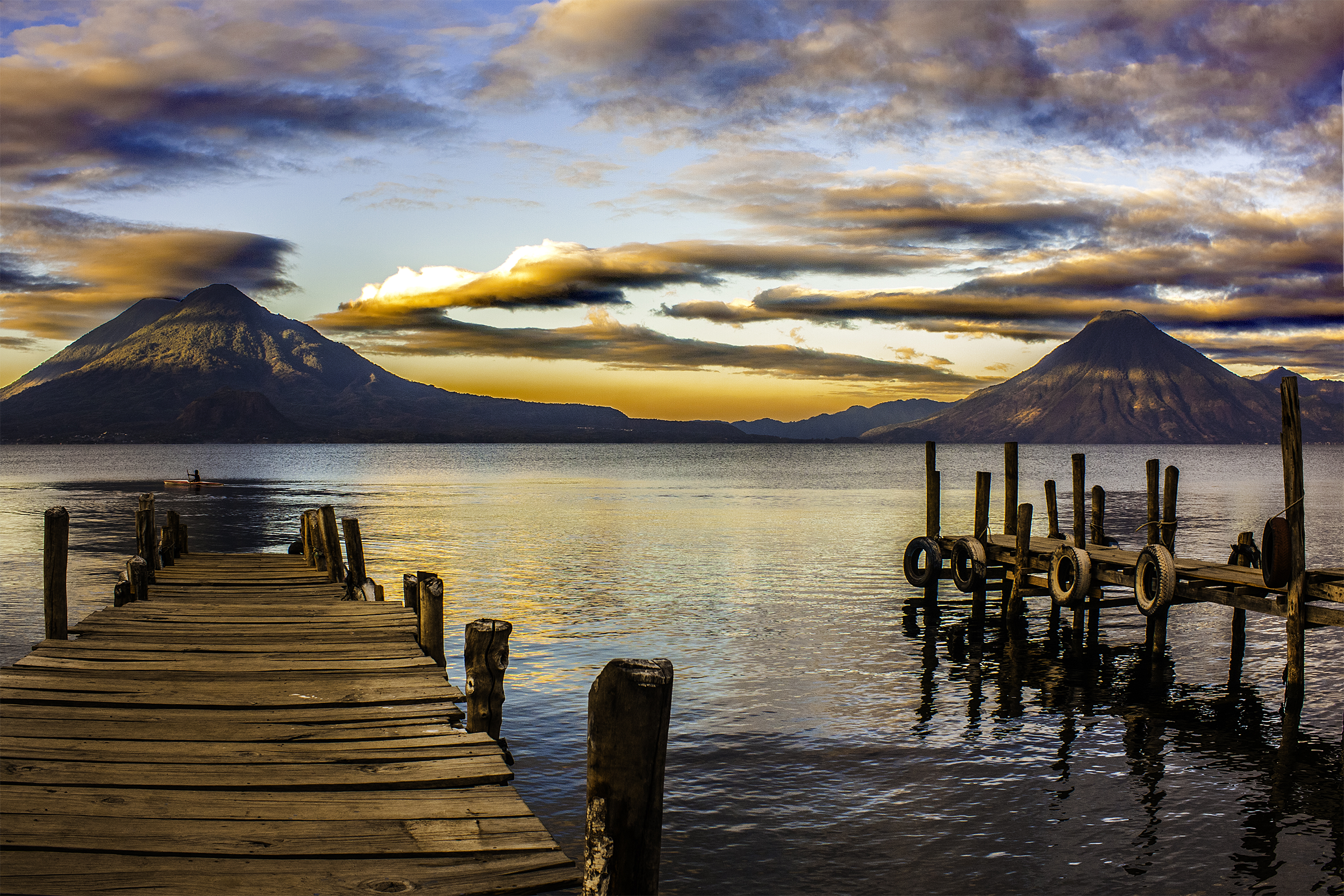
Lake Myvatn, Iceland
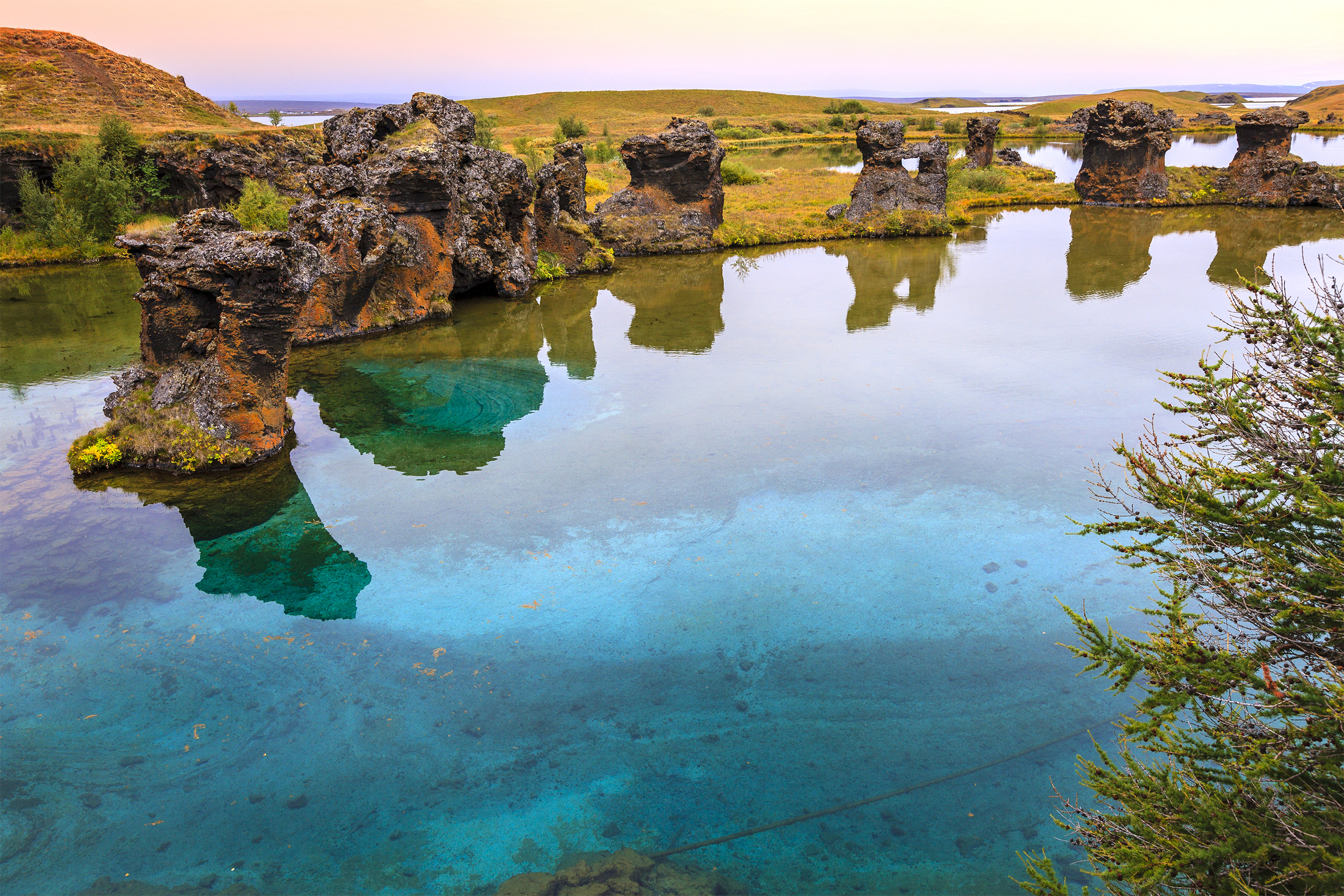
Iceland’s fourth-largest lake is a relative newbie, formed 2,300 years ago when a lava fissure erupted and blocked off a river. It’s very shallow, with an average depth of only about 8 feet, and is surrounded by lava canyons, craters, mountains, waterfalls, and other stunning natural features.
Lake Kariba, Zimbabwe
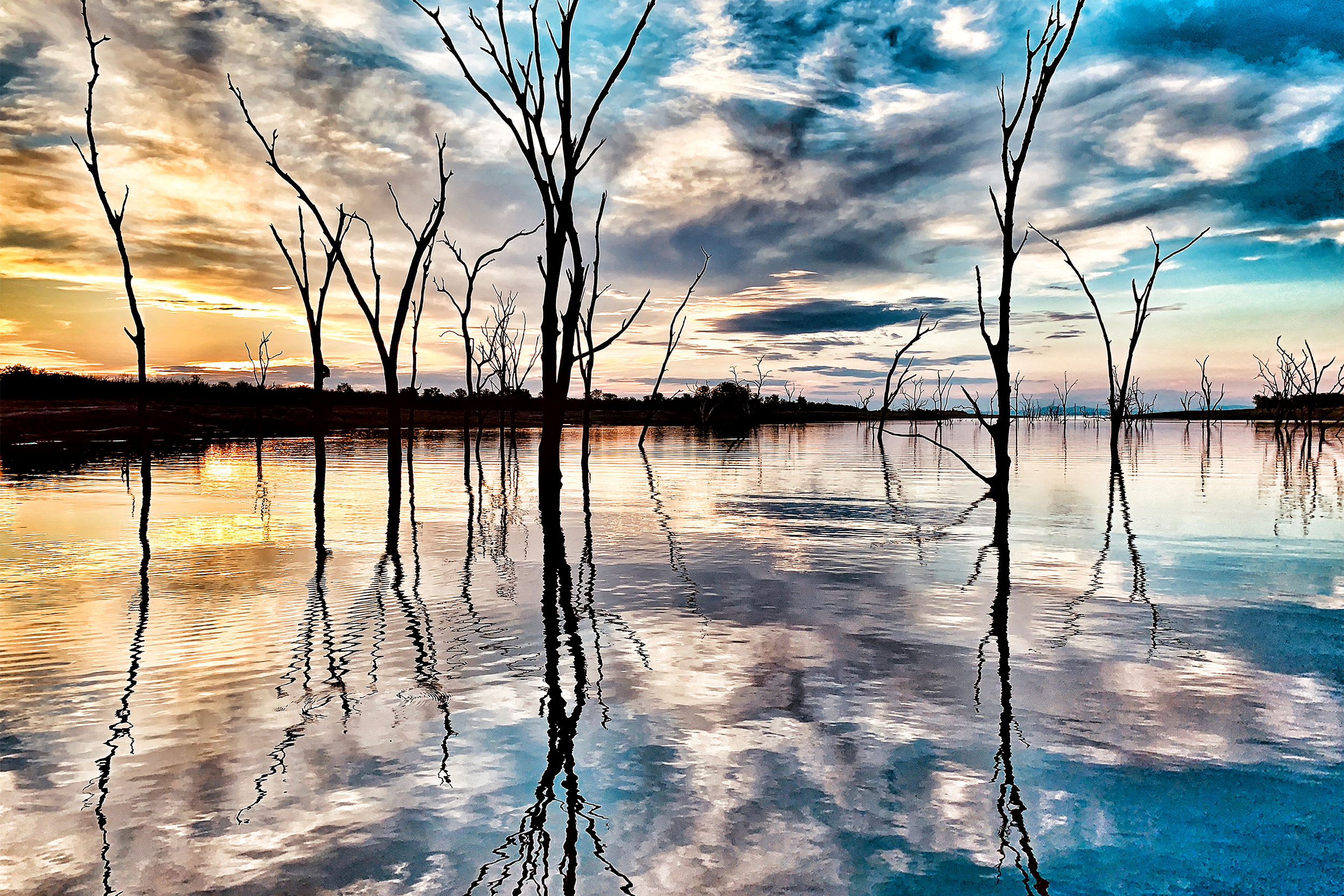
One of the largest man-made reservoirs in the world, Lake Kariba is noted for its drowned trees, which are especially picturesque at sunset. Visitors can stay on the lake itself inside “floating hotels” and spy wildlife like elephants, cheetahs, and lions at nearby Matusadona National Park.
Related: The Prettiest Floating Cabins Around the World
Lake Lucerne, Switzerland
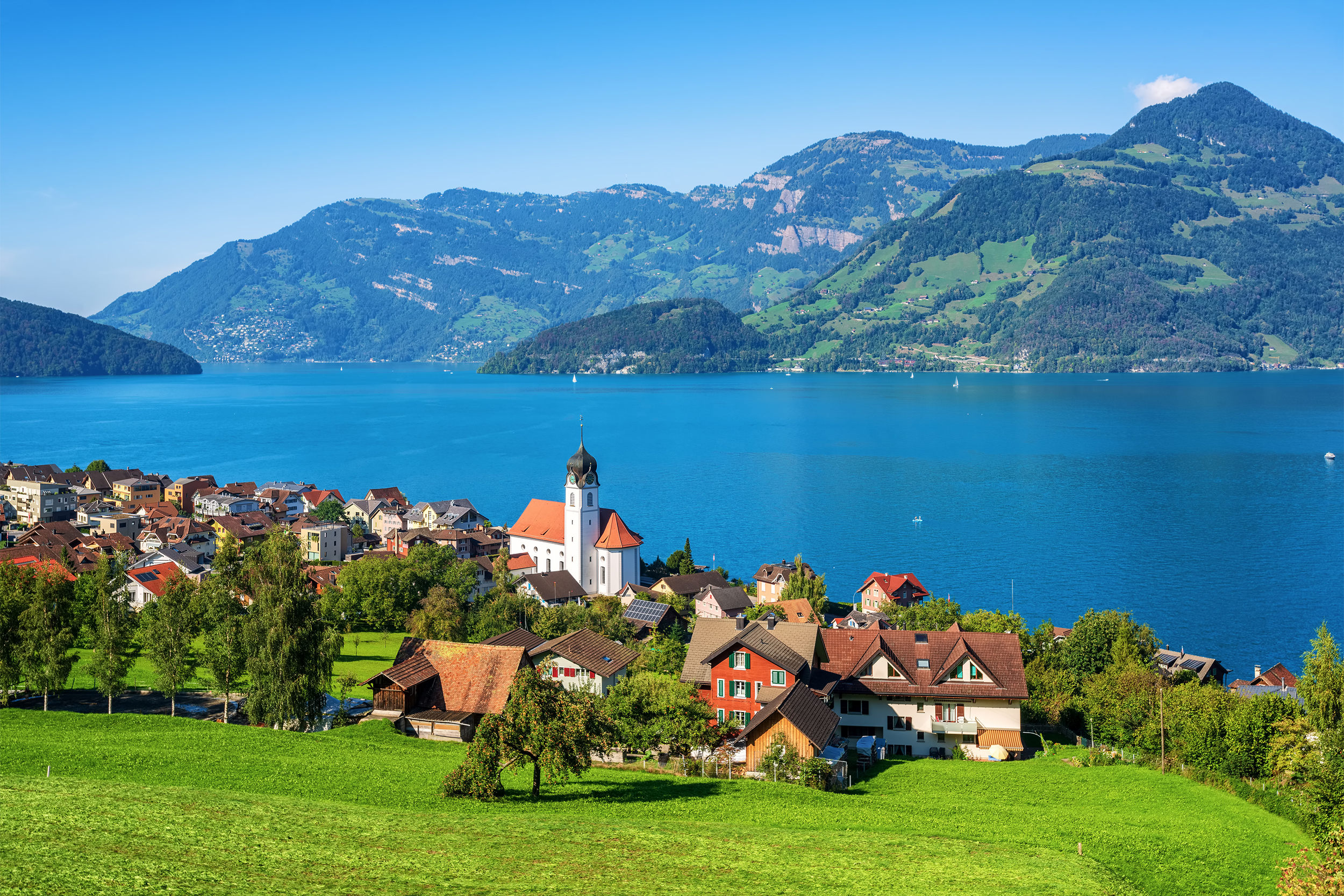
Gadisar Lake, India
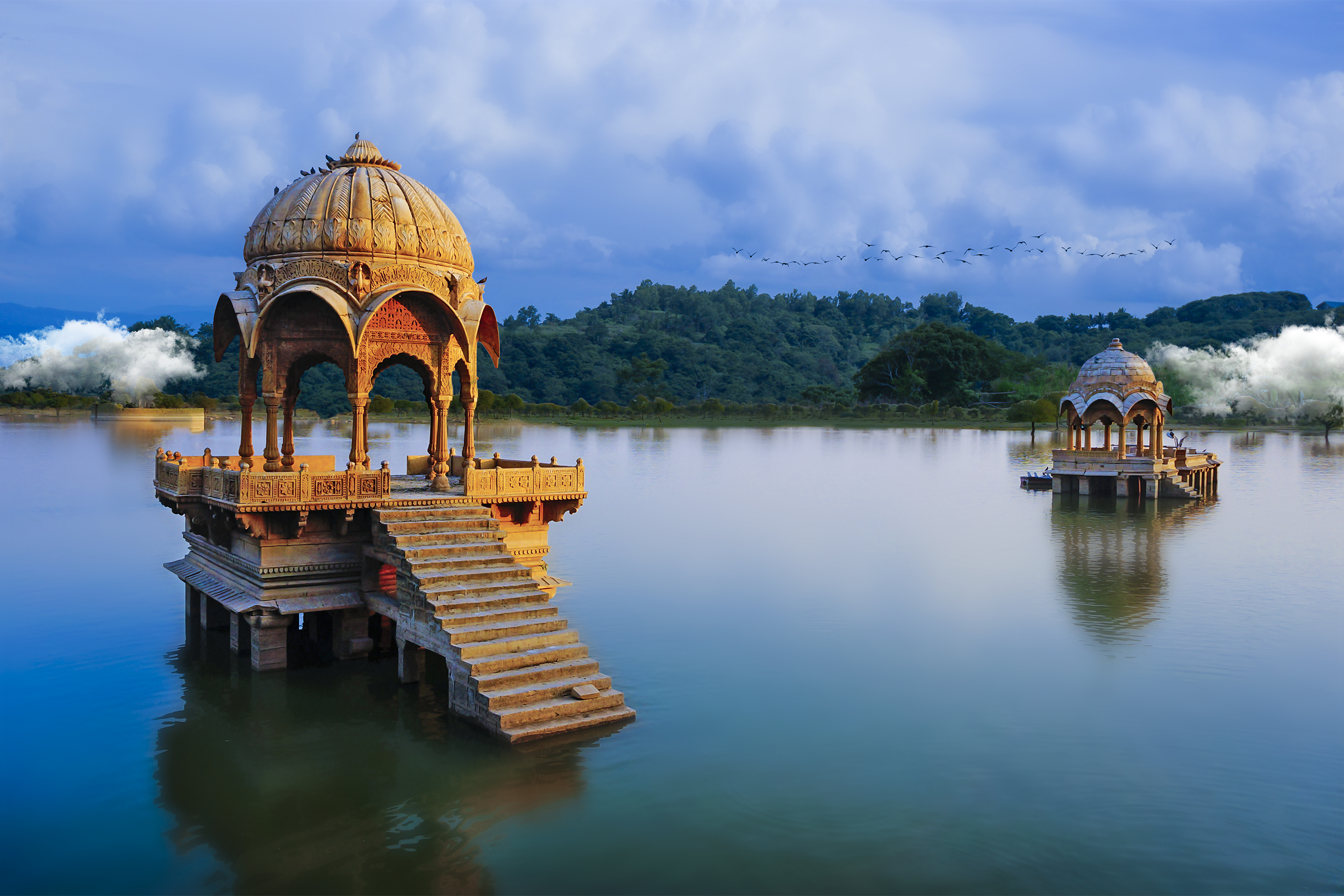
This artificial lake created in the 1300s in a desert-like part of Rajasthan has become a major tourist destination for its many shrines and temples. A nearby wildlife sanctuary also makes it a popular stop for migrating birds.
